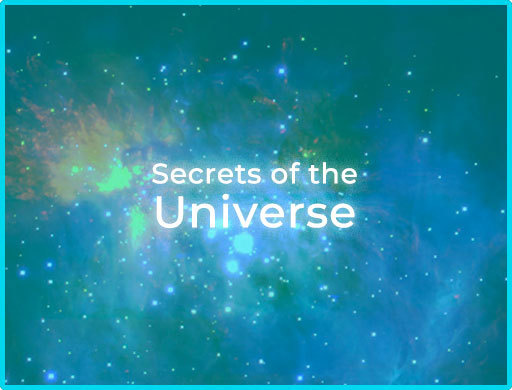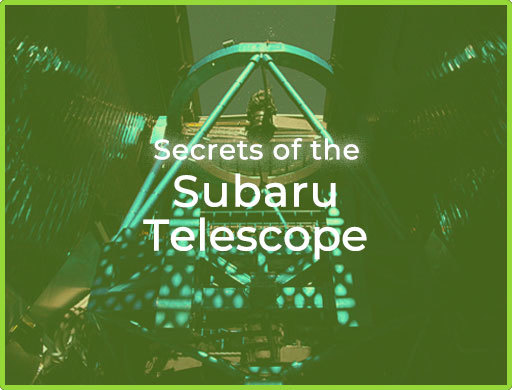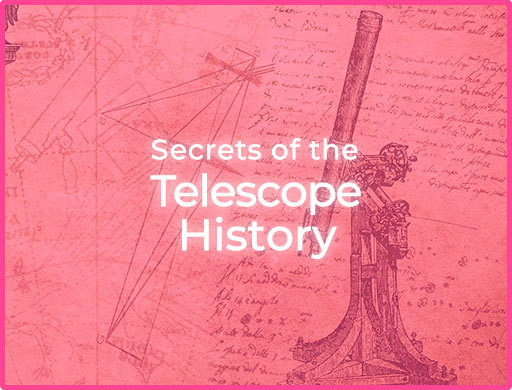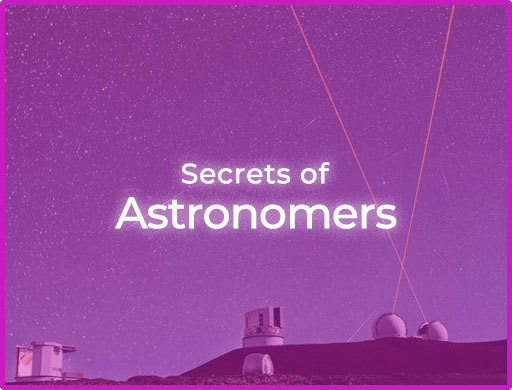Secrets of the
Universe

 Earth, our home in the Solar System
Earth, our home in the Solar System


Earth, our home in the Solar System


Our home planet Earth orbits the Sun. Around the Sun, there are 7 other planets, and smaller objects like asteroids and comets. The group of these objects, with the Sun in the center, is called the Solar System. The Subaru Telescope is detecting more small bodies that exist beyond Neptune’s orbit. Our knowledge on the area of the Solar System is still expanding.



Only the Sun can generate its own light in the Solar System; all the other astronomical objects shine by reflected sunlight. The Moon reflects the light from the Sun as well. (See the term “star” in the Glossary.)

About 4.6 billion years ago, a vast cloud of gas and dust that spread out in space began to gather in one place by its gravity, forming the Sun and planets of the Solar System.
 Milky Way in our night sky is the Milky Way Galaxy
Milky Way in our night sky is the Milky Way Galaxy


Milky Way in our night sky is the Milky Way Galaxy


The Solar System is located in a galaxy called the Milky Way Galaxy which hosts over 100 billion stars. It is a disk-shaped galaxy, with a bulge in the center and spiral arms wrapped around it. Our Solar System is located in the outer reaches of the structure. The hazy white Milky Way in our night sky is in fact the appearance of the Milky Way Galaxy viewed from within. The Subaru Telescope is identifying the outermost edge of the Galaxy to discover its scale.


The Solar System, where our Earth resides, is located in the Milky Way Galaxy, a large group of more than 100 billion stars which produce their own light.

The Milky Way in our sky is the glimpse of the Milky Way Galaxy viewed from the inside. The concentration of numerous stars in the disk-shaped Galaxy makes it visible as a white band from Earth.

Observations show that the Milky Way Galaxy formed into the current disk shape about 10 billion years ago.
 Large-scale structure of the Universe formed by galaxies
Large-scale structure of the Universe formed by galaxies


Large-scale structure of the Universe formed by galaxies


Galaxies, each of which is a huge system of stars, clump together to form galaxy groups and clusters. They even appear to form larger clusters called superclusters. Those galaxies cluster together, and look like a mass of foamy bubbles from far away, surrounding relatively empty regions where few galaxies exist. This structure of the Universe is known as the large-scale structure of the Universe. Of course, our Earth is part of this structure. The Subaru Telescope is mapping out the whole picture of this complex structure.


Observations show the Universe is populated by countless galaxies, including the Milky Way Galaxy.

If you look farther into the Universe, you should notice that galaxies group together and surround relatively empty regions. This pattern is called the large-scale structure of the Universe.

13.8 billion years ago, the Universe popped into existence out of nothing and underwent an exponential expansion. It has been expanding ever since.


What would you like to learn next?


 Ready to take the quiz?
Ready to take the quiz?









